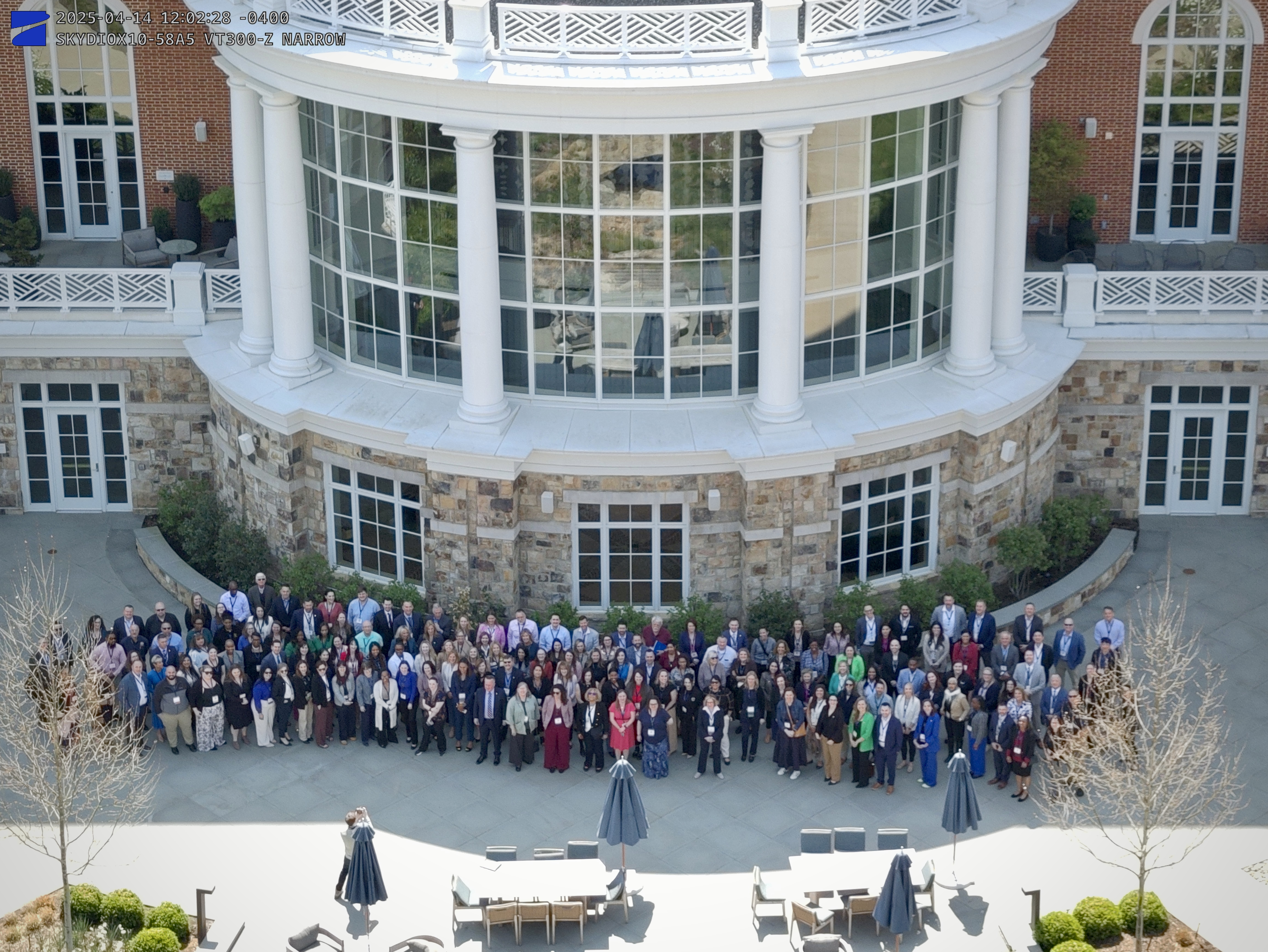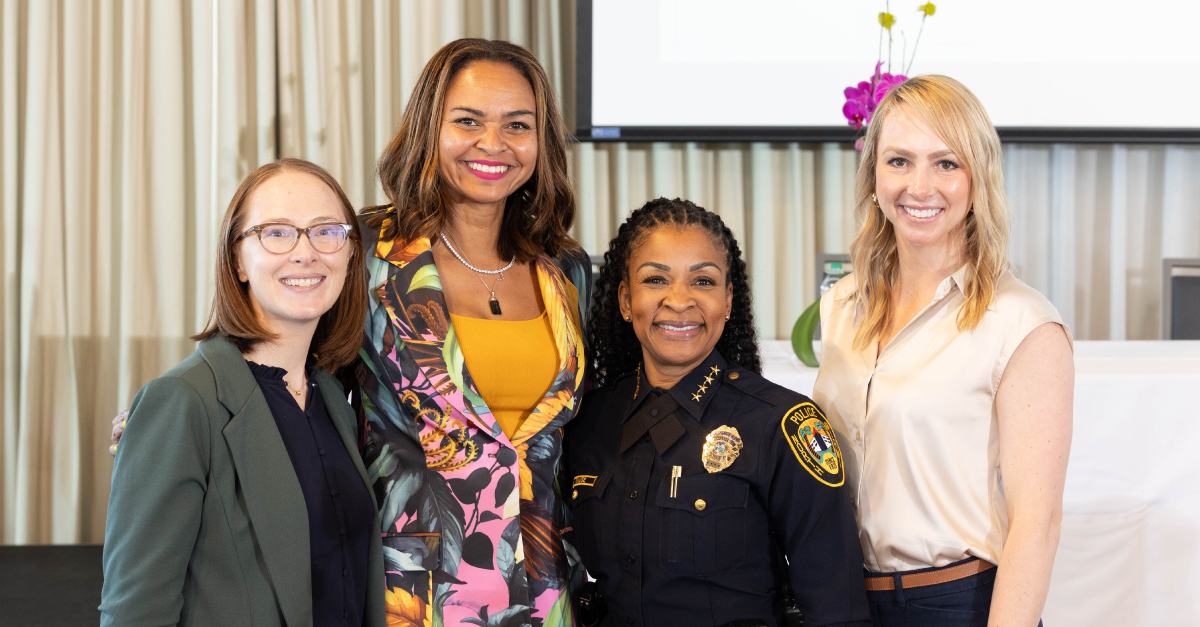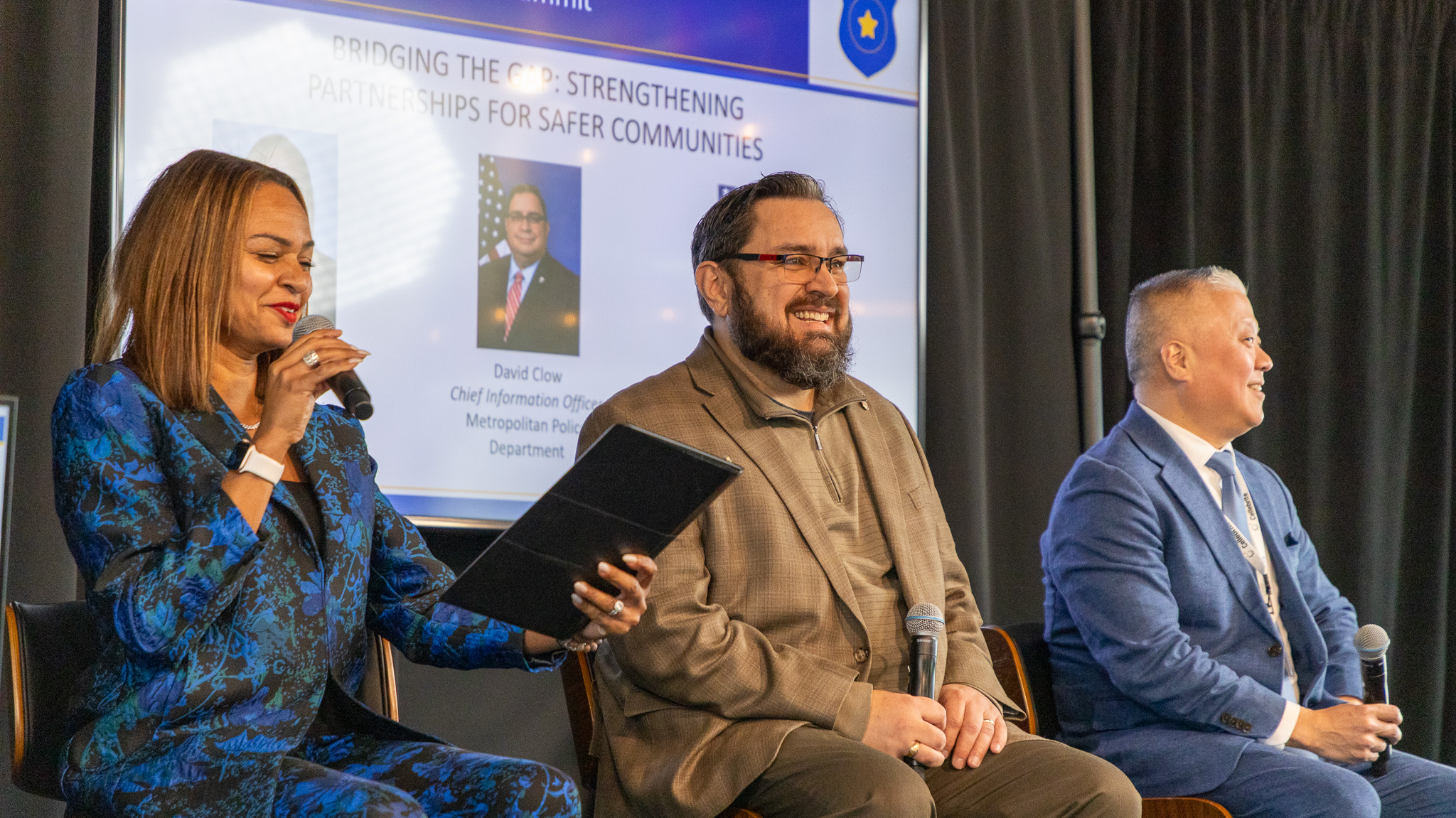
As part of our commitment to supporting modern, diverse workplaces in public safety, Mark43 is a partner of the 30×30 Initiative, a coalition working to increase the representation of women in law enforcement recruit classes to 30 percent by 2030. Each month we will highlight an agency, a chief, or an individual officer advancing the representation and experiences of women in law enforcement across the United States.
In 2021, the Fairfax County Board of Supervisors appointed Kevin Davis as Chief of the Fairfax County, VA, Police Department (FCPD), following his service as Commissioner of the Baltimore Police Department and Chief of the Anne Arundel Police Department. He has demonstrated a strong record of bringing reform and innovation to the agencies he has led throughout his career.
Among his stated priorities at FCPD are increasing the number of diverse candidates hired by the department and efforts to retain them after they have come on to the job. The agency has given specific priority to recruiting and retaining women officers.
Shortly after Chief Davis’s appointment, FCPD became a signatory of the 30×30 pledge to advance women in policing. As part of their commitment to the 30×30 Initiative, the department has begun posting short videos highlighting the women of the FCPD.
- You can watch Chief Davis explain his commitment to the 30×30 partnership here
- You can watch the FCPD 2021 International Women’s Day video here
- You can watch the FCPD 2022 International Women’s Day video here
FCPD increased their gender diversity by a full percentage point in less than one year. Today, 17.4 percent of FCPD sworn officers are women, placing the department above the national average of 12 percent. In April of 2022, the next graduating class will be more than 33 percent women, up from 28 percent female in the class immediately prior.
According to Chief Davis, “As part of the 30×30 pledge, we continue to review policies and police culture to support female police officers throughout their careers. We will continue to foster a culture that is free of bias and inclusive, respectful, and supportive of women.”
To learn more about their experience, we recently spoke with Chief Davis and two of FCPD’s officers: Major Brooke Wright, Director of the Fairfax County Criminal Justice Academy, and Captain Rachel Levy, Commander of Personnel Resource Division, who is responsible for police officer recruitment and hiring.
Commitment to Women in Policing
According to Chief Davis, the 30×30 pledge is “more than just a campaign that we signed our name to — it’s something we believe in. We believe having a gender-diverse workforce helps everyone.”
As to how the department came to be involved with 30×30, Captain Levy explains: “One of my recruiting detectives came to me and said, ‘We have to be a part of this.’ When Chief Davis came on, I briefed him on it, and he said, ‘Absolutely. We’re going to do this.‘ We then looked at department demographics, county demographics, as well as what do the numbers of women in law enforcement look like nationwide and how do we compare to that?”
The FCPD has had some initial success, which they attribute in part to their recruiting efforts. They have The FCPD has had some initial success, which they attribute to their recruiting efforts. They have been advertising the 30×30 Initiative in their recruitment posts. The goal is to be the most diverse police department they can be. As Captain Levy explains, “Our community is more than 50 percent female, so we are not there as an agency, but we are certainly getting better.”
Recruiting more women
Recruiting women into policing requires a different approach. It involves encouraging people who do not have a background in law enforcement to consider this to be a profession that everybody can excel in. FCPD recruiting efforts emphasize that there is a place for everyone in policing, and also reaching out to parts of the population that have not yet considered this might be something for them. “As diverse as the county is, we want first-generation Americans to know that this is a career for them,” said Major Wright.
It also means reaching out to applicants who may already be suited for a career in law enforcement as It also means reaching out to applicants who may already be suited for a career in law enforcement. As Captain Levy explains, “We do targeted recruiting events specifically for women. We’ve also gone to places like university athletic programs. Female athletes tend to be very disciplined, they have a team mentality, they have a lot of leadership qualities that we are looking for, they have communication ability, and they are in great shape physically from the sport they are playing. We’ve had some success working with university athletic departments.”
It requires looking for people with different skills than traditional police recruiting efforts. Candidates with softer skills like communication ability and empathy are in demand.
According to Major Wright, “We recognize, in male-dominated career fields such as policing, women who might have thought about this career need that push to say ‘you can be here, and you can do this.’ We think it’s important for us [as female leaders in the department] to be in these roles so they can see what they can be.’
Numbers Count
There are 11 Majors in the FCPD. Two years ago, the number of females in that group was zero. Today, it is two. Said Chief Davis: “We’ve also diversified the rank of Captain. These are officers who are qualified first and foremost who happen to be women. As you bring more women into the profession, you increase your pool of qualified candidates who several years down the road will be put into supervisory and command positions.”
Visibility Is Important
One way to increase the number of female candidates is by showing potential candidates that women can succeed in policing. “Whether at the scene of an incident or watching a press conference or just surfing a police department’s website, if potential female applicants can see other females doing the job they may be interested in, that can’t help but play a role,” said Chief Davis. “We want more female officers generally, but how do we specifically attract them to our police department? By making sure that females are placed in higher-profile positions, positions that people are going to see from the outside looking in.”
Advice for other agencies:
Major Wright and Captain Levy offered advice for agencies seeking to increase the number of female applicants:
- Create the culture of supporting other people and teamwork, and bring other people in behind you
- It’s the responsibility of female leaders to connect with people and to be a recruiter everywhere they go
- Remember that for female officers, just going somewhere with their uniform on conveys a message to young women
And for chiefs specifically, Chief Davis added: “Don’t look at this effort to enhance gender diversity as something on a list you need to check off. If you do it but only go through the motions, or do it for the wrong reasons, you will never be able to achieve gender and racial diversity. It always takes longer than you thought it would take, it’s always harder work than you thought it would be, but policing as a profession has outpaced other professions when it comes to gender diversity in leadership positions. We haven’t necessarily enhanced the overall percentage of women choosing policing as a profession, but within our profession, I think we’ve come a long way.”





